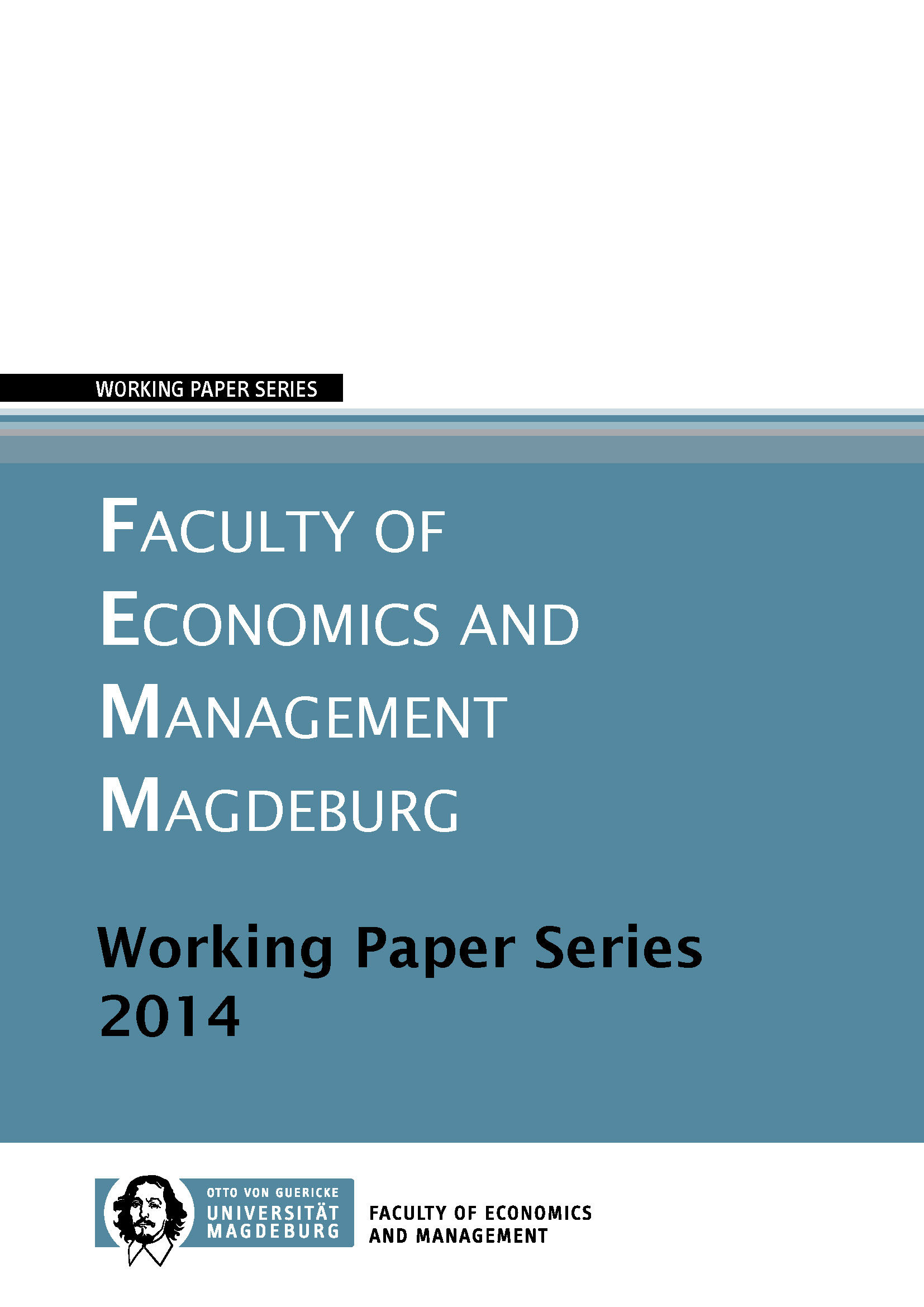The Effect of Material Price and Product Demand Correlations on Combined Sourcing and Inventory Management
DOI:
https://doi.org/10.24352/UB.OVGU-2018-529Schlagworte:
Capacity Reservation, Spot Market, Price Correlation, Mean Reverting Process, Stochastic Dynamic Programming, Managerial AnalysisAbstract
Both material sourcing and inventory management are important competitiveness factors, and it is a significant challenge to integrate the two areas. In sourcing, combined strategies using long-term contracts and the spot market received increasing attention recently, typically concentrating on the financial effects. However, there is limited research on the consequence of combined sourcing considering both purchasing and inventory effects from an operations point of view. In this paper, we analyze the effect of uncertainty on the combined sourcing decision under stochastic demand and random spot-market-price fluctuations and exploit the benefits of forward buying in periods with low spot-price realizations, but also of intended backordering in case of a high spot price. Since the decision on capacity reservation has to take into account the short-term utilization of each source which in turn depends on the available long-term contract capacity, decision making faces highly complex interactions between long-term and short-term decisions.
From finance research, we find scarce evidence that the spot prices of commodities evolve independently over time. Rather, price correlation across time periods is found, and a popular way to describe these price dynamics is to model it as a mean reverting process. Thus, in this contribution we will respectively extend common i.i.d. price models from operations management studies and will additionally consider the effect of correlation between demand and price. In this paper, we provide a managerial analysis showing the effects of demand and spot market price correlations on the optimal procurement policy and provide managerial insights. We model the combined sourcing problem as a stochastic dynamic optimization problem and analyze the optimal procurement strategy by means of stochastic dynamic programming. The behavior of the optimal policy confirmed several previous assumptions, though some interesting and important managerial consequences arise due to demand and price correlations. Based on the policy analysis, a numerical study will reveal to which extent inobservance or misspecification of an existing level of correlation might result in performance losses in operational decision making. These observations play an important role under the trend of increasing volatility and dynamic changes on the spot market but also in the customer’s behavior.


